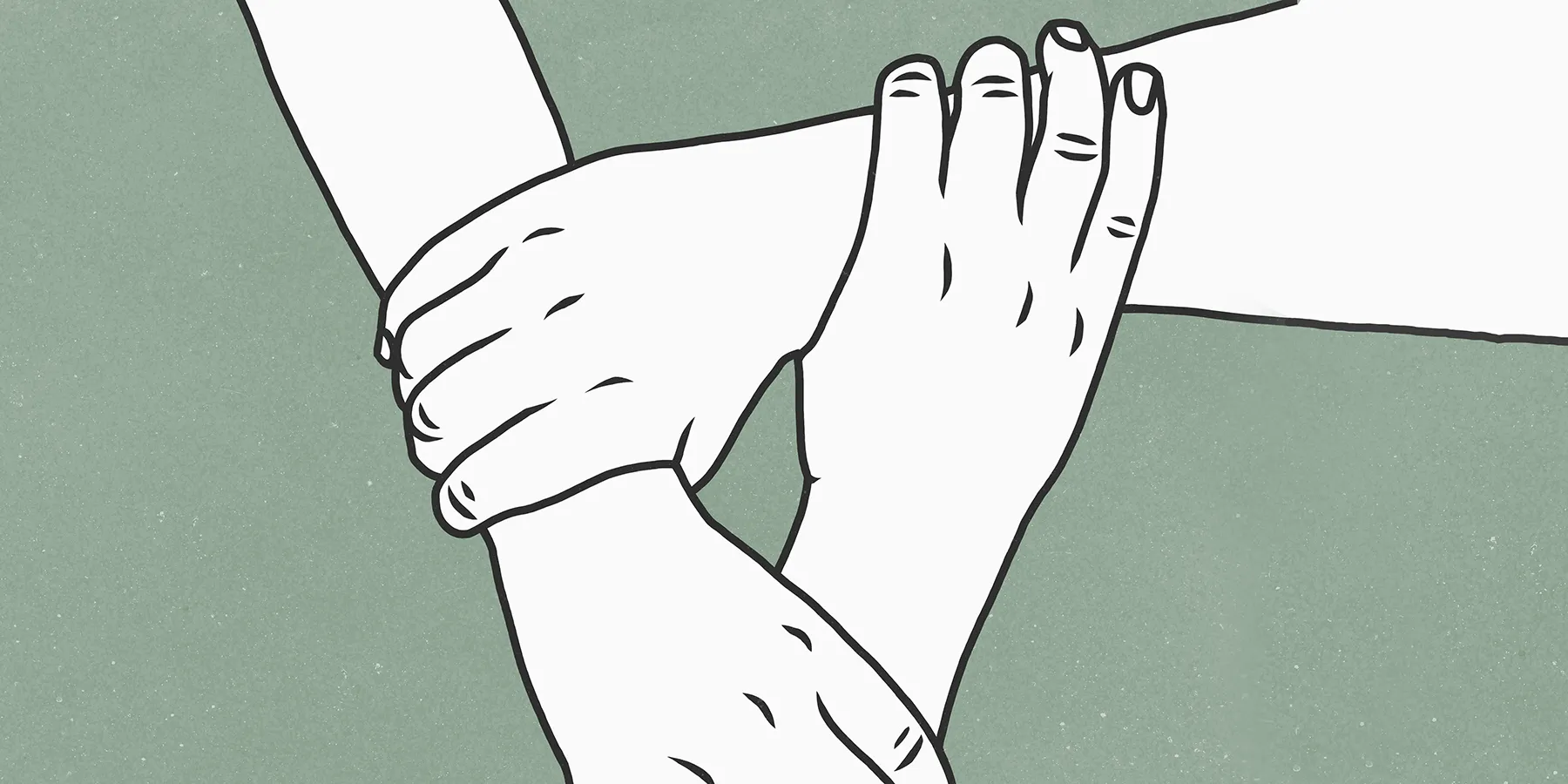Illness and injury impact patients far beyond the physical or biological changes they inflict. They can strip patients of autonomy, present new or overwhelming information, and make the future even more uncertain. The pathogenesis of a particular medical condition may be the same among patients, yet the context of treatment is distinct since individual patients’ preferences and goals differ. Often, disease and medical treatment require patients to take stock of their entire life—what they value, what they want from their care, and what they hope to achieve moving forward. As such, physicians must be able to take all these patient characteristics into account. This partnership demands more than merely a patient coming to a physician for help and the physician providing a service in return. Gone is the era in which physicians alone could make the most important decisions for patients. Today’s physicians should not use their expertise to drag a patient towards a particular endpoint; physicians and patients should be partners, traversing a treatment path in tandem, both contributing to crucial discussions.
But how can patients truly receive care that is sensitive to their values and desires if they do not appreciate or feel included in important decision-making moments? Mounting evidence indicates that patients may not comprehend their diagnosis or treatment options,1,2,3,4 that physicians define successful outcomes (for instance, the notion of “cure”) differently than patients,5,6,7,8 and that patients frequently have unmet communication or shared decision-making needs,9,10,11,12 among other barriers. The decision-sharing process, unfortunately, is flawed and unsatisfying for many patients, even if physicians believe that shared decision making is being implemented.13
This theme issue of the AMA Journal of Ethics on the topic of sharing health decisions addresses these shortcomings. What happens, for example, when patients come to regret their treatment decisions, when patients misinterpret a clinical research trial as a novel therapeutic opportunity, or when adolescents and parents are at odds over the decision-making process? What does a proper model for sharing health decisions look like? How can we train physicians to more effectively incorporate patients into the decision-making process, and how do time constraints or new technologies affect decision making? Indeed, should every patient even be considered eligible for shared decision making? This issue will address these topics and more to synthesize discourse about shared decision making that is applicable to all medical specialties, adult or pediatric, surgical or nonsurgical.
Of course, a single theme issue such as this one cannot provide an all-encompassing overview of shared decision making and the ways in which it could be improved. But the hope is that these articles will serve as a reminder to clinicians to remain conscious of this vital practice during each clinical encounter. Reinforcing the need for decision sharing will help realize the goal of a patient-physician relationship that is open, trusting, and truly patient centered becoming a reality for ever more patients.
References
-
Brabers AEM, Rademakers JJDJM, Groenewegen PP, van Dijk L, de Jong JD. What role does health literacy play in patients’ involvement in medical decision-making? PLoS One. 2017;12(3):e0173316.
-
Beauchamp A, Buchbinder R, Dodson S, et al. Distribution of health literacy strengths and weaknesses across socio-demographic groups: a cross-sectional survey using the Health Literacy Questionnaire (HLQ). BMC Public Health. 2015;15:678.
- Stryker JE, Wray RJ, Emmons KM, Winer E, Demetri G. Understanding the decisions of cancer clinical trial participants to enter research studies: factors associated with informed consent, patient satisfaction, and decisional regret. Patient Educ Couns. 2006;63(1-2):104-109.
- Ad Hoc Committee on Health Literacy for the Council on Scientific Affairs, American Medical Association. Health literacy: report of the Council on Scientific Affairs. JAMA. 1999;281(6):552-557.
- Weeks JC, Catalano PJ, Cronin A, et al. Patients’ expectations about effects of chemotherapy for advanced cancer. N Engl J Med. 2012;367(17):1616-1625.
- Weeks JC, Cook EF, O’Day SJ, et al. Relationship between cancer patients’ predictions of prognosis and their treatment preferences. JAMA. 1998;279(21):1709-1714.
- Winner M, Wilson A, Yahanda A, Kim Y, Pawlik TM. A cross-sectional study of patient and provider perception of “cure” as a goal of cancer surgery. J Surg Oncol. 2016;114(6):677-683.
- Chen AB, Cronin A, Weeks JC, et al. Expectations about the effectiveness of radiation therapy among patients with incurable lung cancer. J Clin Oncol. 2013;31(21):2730-2735.
- Légaré F, Thompson-Leduc P. Twelve myths about shared decision making. Patient Educ Couns. 2014;96(3):281-286.
- Beers E, Lee Nilsen M, Johnson JT. The role of patients: shared decision-making. Otolaryngol Clin North Am. 2017;50(4):689-708.
-
Elwyn G, Frosch DL, Kobrin S. Implementing shared decision-making: consider all the consequences. Implement Sci. 2015;11:114.
- Joseph-Williams N, Elwyn G, Edwards A. Knowledge is not power for patients: a systematic review and thematic synthesis of patient-reported barriers and facilitators to shared decision making. Patient Educ Couns. 2014;94(3):291-309.
- Tamirisa NP, Goodwin JS, Kandalam A, et al. Patient and physician views of shared decision making in cancer. Health Expect. 2017;20(6):1248-1253.




